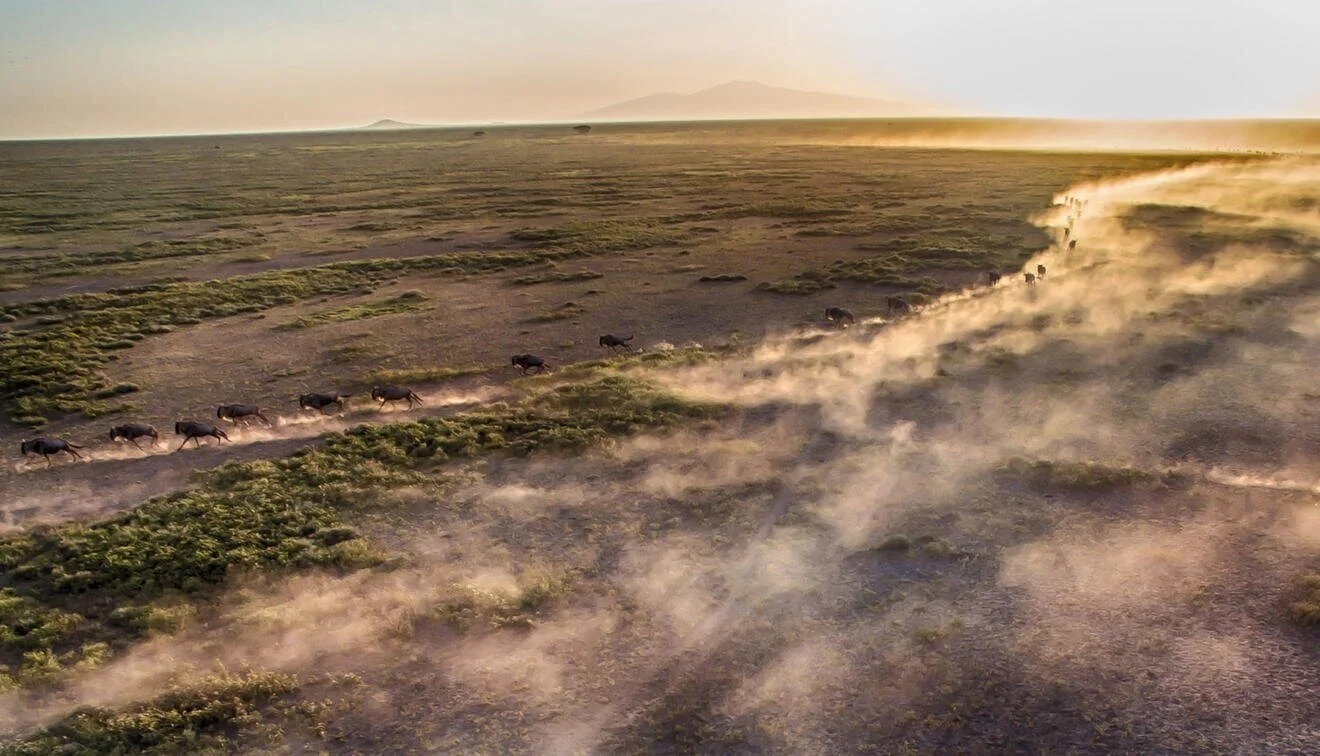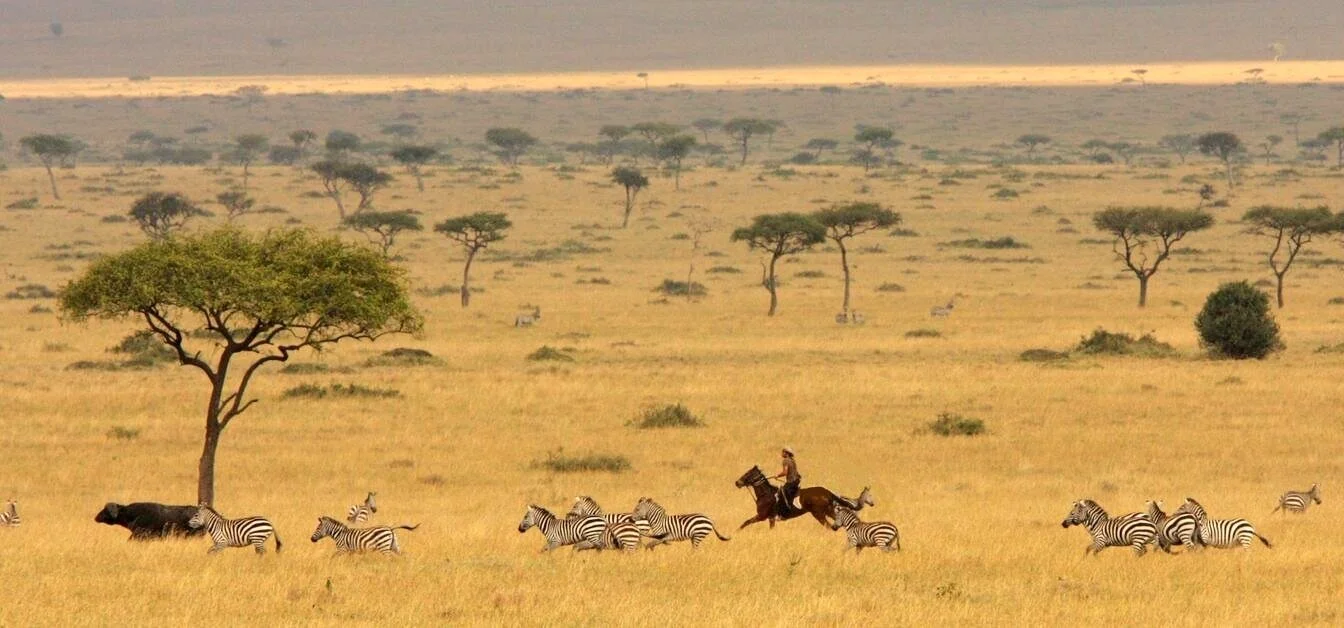Tanzania Family Safari
Tanzania Family Safari
A Classic African Experience
“If your family is slightly more adventurous—and your kids have already logged some serious travel miles, the Serengeti ecosystem in northern Tanzania offers amazing wildlife adventures for older kids and teens. This particular part of Africa has long captured the imagination of safari-goers as the site of the annual Great Migration, when millions of wildebeest, zebra and gazelles—trailed by their natural big game predators—heed ancient weather patterns and migrate north across the Serengeti in search of water and food. The Great Migration happens year-round, and the opportunity to witness some of the world’s most majestic and beloved species roaming free in the crisp crimson landscape of the open African plain will create family memories that will last a lifetime. Tanzania’s infrastructure is safe and well developed, and there are a number of lodges where you can observe the migration animals as well as Africa’s Big Five from the safety of a guided vehicle.”
WHAT WE LOVE
Ngorongoro Crater: The Ngorongoro Crater is actually a caldera—a cauldron-like expanse of land created by a volcanic eruption—but regardless of the terminology your kids will get a kick out of the chance to explore the otherworldly geography of this spectacular setting, where the world’s first humans settled almost 3-million years ago. The Crater is also home to a rich range of wildlife—elephants, buffalo, cheetahs, lions, hyenas and wildebeests—and if you are lucky you may also get the chance to spot a Black Rhino, one of the most endangered species in the world.
Maasai Village: The Maasai are a semi-nomadic people who still live according to the traditional pastoral practices of their ancestors, and Northern Tanzania contains some of the most authentic Maasai communities in the region. Spending time as a guest in an authentic Maasai village is an outstanding way for your family to slow down, and learn to appreciate first hand the low-impact hunting, gathering, food cultivation, design and building practices that have allowed this group to thrive for centuries in harmony with their environment. Your kids will likely also thrill at the chance to train with a genuine Maasai warrior in ancient stick fighting techniques, or participate in a traditional celebratory jumping ceremony.
Grumeti by Horseback: The Grumeti Reserve is a 350,000-acre private concession located in the heart of the Serengeti. The Grumeti Equestrian Center includes horses hand-picked for their temperament and pace, with a number of options for younger or less experienced riders. Bespoke itineraries can last a few hours or an entire day, and all trips are designed to allow guests to ride alongside the wide range of wildlife that inhabit the Reserve. Young children can also stay behind at the lodge for shorter guided rides, and can also enjoy a number of other fun activities while parents and older siblings are out stuck in the saddle.
Klein’s Camp: Situated to offer first-rate views of the annual Great Migration of wildebeest and zebra across the Serengeti, Klein’s Camp is also distinctive for its Wildchild program, which integrates kid-friendly activities with a strong conservation message. Right at the start of their stay, each young guest gets their own backpack complete with a scrapbook and tools for exploring, such as a solar torch, a magnifying glass or compass. Throughout the safari, Klein’s Camp rangers help your kids fill up their scrapbooks with notes, drawings, stickers, dog tags and badges that they earn for completing a series of bush-related activities—including tracking and fishing expeditions—selected specifically for their interests and age.
WHAT TO KNOW
Tanzania has a tropical climate, with the long rains of March, April and May giving way to the long dry season of June through October. These are followed by shorter bursts of rain in November/December, as well as a shorter dry season in January/February.
Mid-day temperatures can reach quite high, so it's best to arrange your family's game drives during the cooler morning or early evening hours.
The annual migration of millions of wildebeest, zebra, and gazelle happens year-round, and with the right research and guide your family can catch the spectacle in any given month.
Keep plenty of drinking water and other snacks on hand.
Make sure to take regular bathroom breaks, before setting out and at every stop.
Bring children's binoculars and/or digital cameras.
And, remember: for many kids—and adults—an African safari is a once in a lifetime experience. Don't rush: get out of the vehicle wherever and whenever it's allowed, don’t be afraid to linger at destinations, and stop whenever your child wants. Even if it’s “just another impala,” you never know when they’ll get the chance to see one again!





















